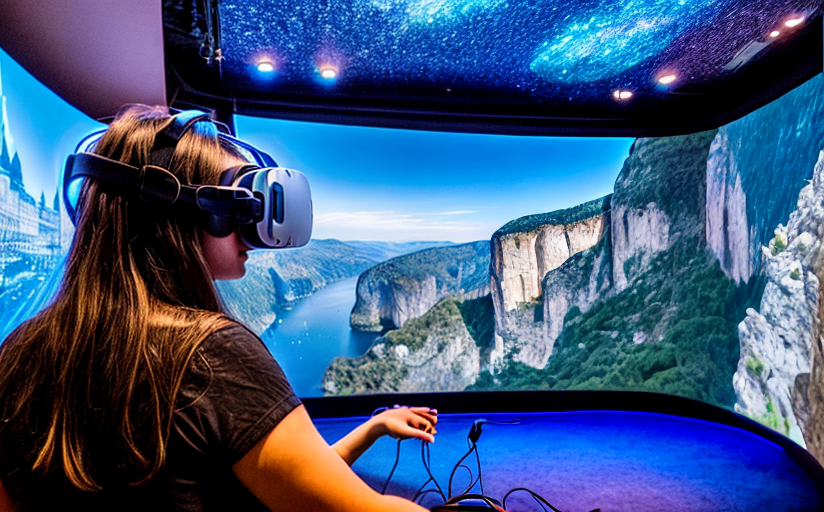The Transformative Potential of Virtual Reality in the Future of Travel and Tourism
Virtual reality technology has significantly transformed various sectors over the years. However, undoubtedly the most exhilarating area exploration for virtual reality is in travel and tourism. Beyond the bounds of imagination, virtual reality has been underutilized to a large extent in this field.
The Current State of Virtual Reality in Travel
The current application of this cutting-edge technology in the travel industry is still at an adolescent stage. Presently, virtual reality is mostly utilized for promotional purposes offering 360-degree views of destinations, accommodations, or tours. Some examples include Expedia's virtual reality feature to explore hotel rooms and Marriott's unique 'teleporter stations,' which allow users to experience a virtual trip to Hawaii or London.
Predictions and Possibilities for Future Advancement
As the technology evolves, virtual reality will cease to be just a marketing gimmick. It will play a more convertible part in travel and tourism. Experts suggest that VR could soon offer full-fledged virtual holiday experiences, monument visits, heritage walks, and/or virtual tours to inaccessible locations. Moreover, advancements might enable the addition of other senses beyond just sight and sound to the VR experience, potentially creating a more immersive and realistic simulation of travel.
Potential Benefits and Challenges
Virtual reality offers numerous advantages. Foremost, it makes travel more inclusive by allowing people with physical limitations or insufficient funds to explore the world virtually. It can also be used for educational purposes, allowing students to visit historical sites or natural wonders from their classrooms. From an environmental perspective, virtual travel significantly reduces the carbon footprint associated with traditional travel.
However, the technology is not without its challenges. The cost of creating high-quality VR experiences can be prohibitive, especially for smaller businesses. Additionally, while VR can simulate many aspects of travel, it can't fully replicate the genuine personal interactions and unexpected experiences that often define our journeys.
Implications for Tourism Businesses
Tourism businesses must keep abreast of these changes in technology. While traditional forms of tourism aren't likely to disappear entirely, incorporating VR can provide a competitive edge. Investment in VR technology could lead to increased bookings, as potential customers get an enticing, realistic preview of what to expect.
An example of this is Thomas Cook’s implementation of VR technology in their “Try Before You Fly” campaign, which reportedly led to a 40% return on investment and a 180% increase in New York excursions booked after offering a virtual preview.
Conclusion
The intersection of virtual reality and travel offers thrilling possibilities. As the world continues to gravitate towards digitization, virtual reality could potentially compliment or even become a mainstay in the tourism industry. It's an exciting time for travelers, technologists, and tourism businesses alike.

















Comments
Leave a Comment